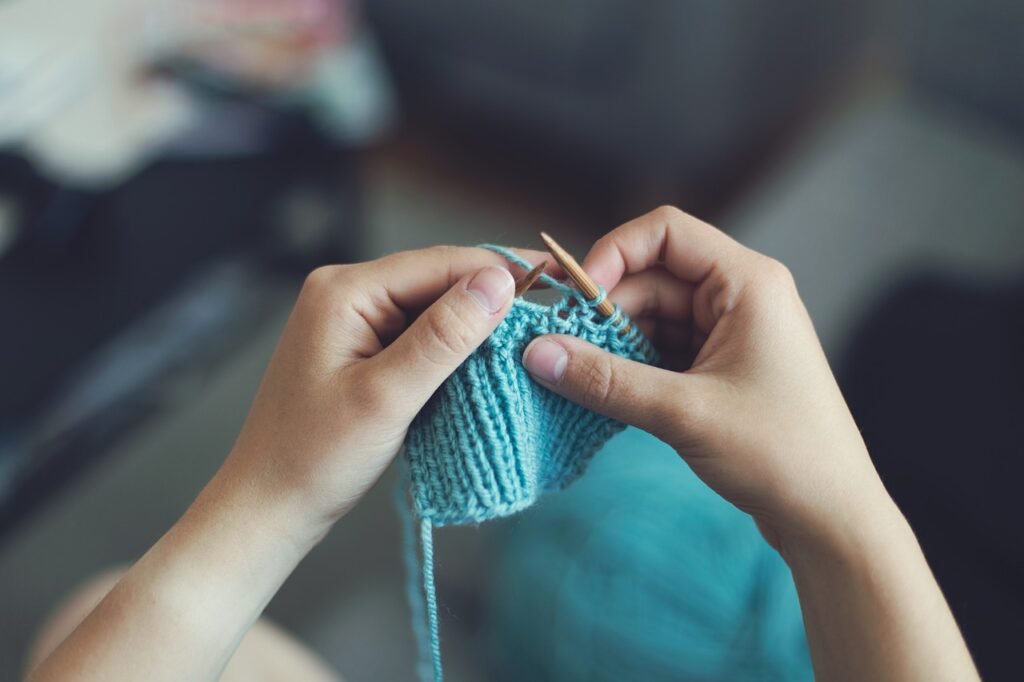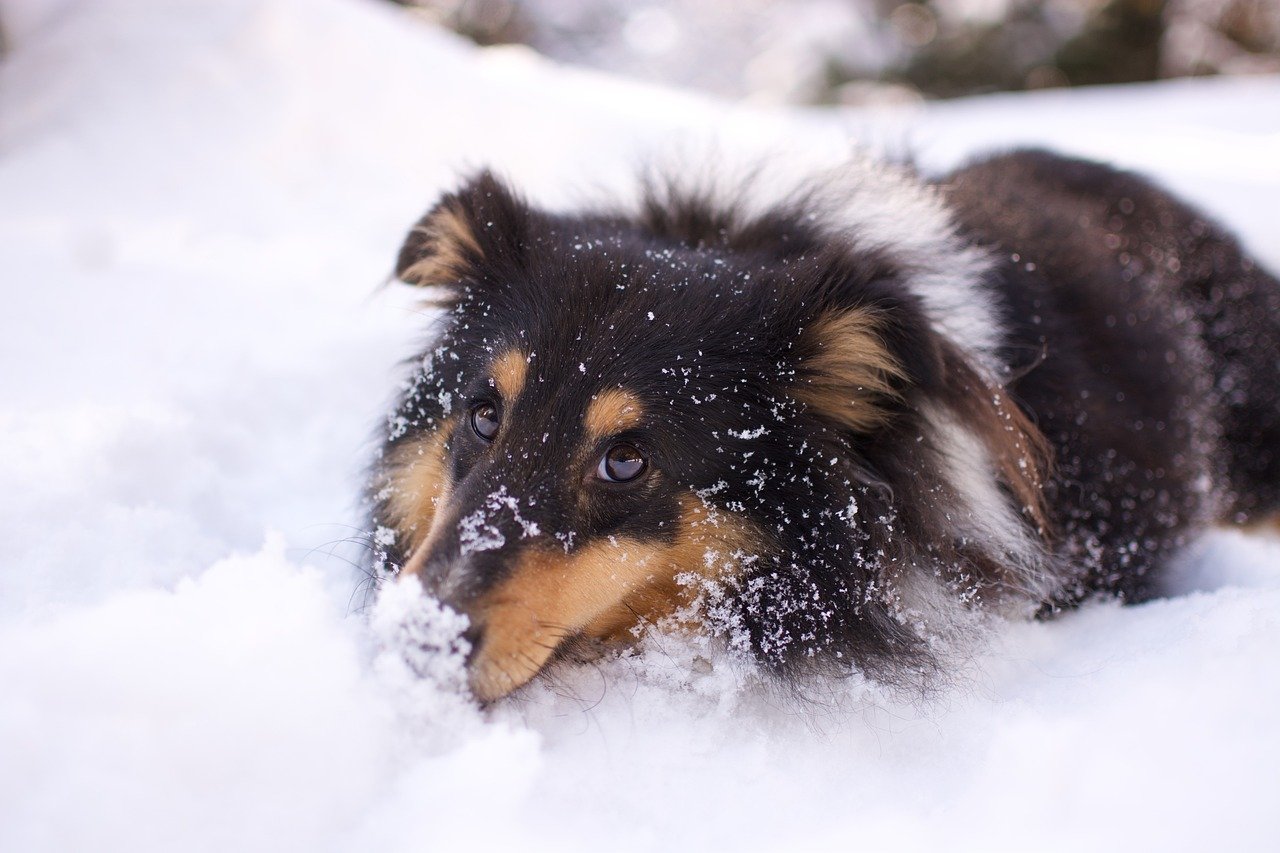Have you ever been intrigued by the beautiful texture of a linen garter stitch pattern? If you’re a beginner in the world of knitting, fear not! This article will guide you through the step-by-step process of creating your very own linen garter stitch pattern. From selecting the right yarn to mastering the basic knit stitch, you’ll gain the confidence and skills needed to create a stunning piece that showcases the elegance of linen. So grab your knitting needles, and let’s embark on this exciting knitting adventure together!

What is a linen garter stitch pattern?
A linen garter stitch pattern is a type of knitting technique that creates a beautiful textured fabric with a combination of garter stitch and slip stitch. This pattern produces a textured effect that resembles the look of linen fabric, hence the name “linen garter stitch.” It is a versatile and popular pattern that can be used for various knitting projects such as scarves, blankets, washcloths, and shawls.
Definition of a linen garter stitch pattern
A linen garter stitch pattern is created by alternating rows of garter stitch and slip stitch. The garter stitch is made by knitting every stitch on every row, resulting in a bumpy and squishy fabric. The slip stitch, on the other hand, involves passing the stitch from the left needle to the right needle without knitting it, creating a smoother and more elongated stitch. By combining these two techniques, the linen garter stitch pattern achieves the desired textured effect.
Explanation of garter stitch
Before diving into the details of the linen garter stitch pattern, it is important to understand the basics of garter stitch. Garter stitch is one of the simplest and most common knitting stitches. To create a garter stitch, all you need to do is knit every stitch on every row. This results in a fabric with ridges or rows of bumps on both sides, making it reversible and providing excellent insulation.
Characteristics of a linen stitch pattern
The linen garter stitch pattern has several characteristic features that make it stand out. Firstly, it creates a textured fabric that resembles the look of linen fabric, giving off a sophisticated and elegant appearance. Secondly, this pattern is reversible, meaning the same textured effect is achieved on both sides of the fabric, making it versatile for various knitting projects. Lastly, the linen garter stitch pattern offers good drape and flexibility, making it suitable for a wide range of garments and accessories.
Materials needed
To start knitting a linen garter stitch pattern, you will need a few essential materials.
Yarn
Choose a yarn that suits your project and personal preferences. It is recommended to use a lightweight yarn such as fingering or sport weight to achieve the delicate and textured look of the linen garter stitch pattern. Opt for a yarn with a smooth texture to enhance the stitch definition.
Knitting needles
Select appropriate knitting needles based on the recommended gauge of your chosen yarn. The needle size may vary depending on your tension and desired outcome. It is best to start with a size recommended on the yarn label or use the size suggested in the pattern instructions.
Other optional tools
While not essential, there are a few extra tools that can make your knitting experience more enjoyable. Stitch markers can help you keep track of stitch patterns and repeats. A tapestry needle is useful for weaving in loose ends and finishing touches. Additionally, a measuring tape or ruler can assist in checking gauge and measuring the progress of your project.
Getting started
Before diving into the actual knitting process, there are a few essential steps to take.
Choosing the right yarn
Selecting the right yarn is crucial in achieving the desired outcome. Consider the fiber content, weight, and texture of the yarn. Lighter weight yarns tend to create a daintier and more delicate fabric, while heavier weight yarns produce a chunkier and more substantial texture. Think about the drape and feel you want for your project, and choose a yarn that meets those requirements.
Selecting the appropriate knitting needles
Matching your knitting needles to the yarn weight is crucial for achieving the correct gauge and desired fabric texture. Refer to the yarn label or pattern instructions to determine the recommended needle size. If you prefer a looser or tighter texture, you may need to adjust your needle size accordingly.
Making a gauge swatch
Creating a gauge swatch is an important step before starting your project. It allows you to determine the number of stitches and rows per inch and ensures that your finished piece will be the correct size. Follow the instructions provided in the pattern to create a swatch in the linen garter stitch pattern, and measure it using a ruler or measuring tape. Adjust your needle size if necessary to achieve the desired gauge.
Casting on
Once you have gathered your materials and completed the necessary preparations, it’s time to cast on and start your project.
Long-tail cast-on method
The long-tail cast-on method is commonly used and provides a neat and stretchy edge. To start, create a slipknot on your needle and hold the tail end of the yarn in your right hand and the working yarn in your left hand. Place your thumb and index finger between the two strands, and with your needle, scoop up the strand over your thumb. Continue the process of scooping the yarn until you have the desired number of stitches.
Alternative cast-on methods
While the long-tail cast-on method is popular, there are various other cast-on methods to choose from. Depending on your preferences and the project you are working on, you may opt for the knitted cast-on, cable cast-on, or backward loop cast-on. Explore different methods and choose the one that works best for you and your project.

The garter stitch
The garter stitch is the foundation of the linen garter stitch pattern and forms the base for the textured effect.
How to knit the garter stitch
To create the garter stitch, simply knit every stitch on every row. Start with a knit stitch on the right side, then turn your work and continue knitting every stitch on the wrong side. Repeat this process for as many rows as needed to achieve the desired length.
Tips for achieving an even tension
Maintaining an even tension throughout your knitting is key to achieving a polished finished look. Here are a few tips to help you achieve an even tension:
- Relax your hands and hold the knitting needles comfortably. Avoid gripping them too tightly, as it can cause tension in your stitches.
- Make sure your yarn has consistent tension as you knit. Pulling too tightly or too loosely can result in uneven stitches.
- Practice knitting at a consistent speed, neither too fast nor too slow.
- Take breaks and stretch your hands and fingers. This will help prevent strain and ensure a more relaxed knitting experience.
Common mistakes to avoid
While knitting the garter stitch may seem straightforward, there are a few common mistakes to avoid:
- Accidental purling: Make sure to knit every stitch on every row to maintain the garter stitch pattern. Accidental purling can disrupt the texture.
- Unintentional increases or decreases: Pay attention to your stitch count to avoid unintentionally increasing or decreasing stitches. This can lead to uneven edges or an irregular fabric.
- Uneven tension: As mentioned before, maintaining an even tension is crucial. Be mindful of your tension so that your stitches stay consistent throughout your project.
Working in the linen stitch pattern
Understanding how to transition from the garter stitch to the linen stitch pattern is essential to create the desired textured effect.
Understanding the pattern repeat
The linen stitch pattern involves alternating rows of slip stitch and garter stitch to create a textured fabric. It typically follows a specific repeat pattern, which is often indicated in the pattern instructions. Understanding the pattern repeat will help you maintain consistency throughout your knitting project.
Working the right side and wrong side rows
When working in the linen stitch pattern, it is essential to differentiate between right side (RS) and wrong side (WS) rows. The right side is usually the side that faces outward when wearing or displaying the finished project, while the wrong side is the side that faces inward or is not visible. Pay attention to the pattern instructions to know when to work on the right side or wrong side rows.
Creating the textured effect
The textured effect of the linen stitch pattern is achieved by slipping stitches and alternating them with rows of garter stitch. The slip stitch creates elongated stitches, while the garter stitch creates the bumpy texture. By repeating this pattern, you create a fabric that mimics the appearance of linen.

Troubleshooting common issues
While knitting the linen garter stitch pattern, you may encounter some common issues. Here are a few troubleshooting tips:
Fixing dropped stitches
Dropped stitches can be frustrating, but they are fixable. Use a crochet hook or your knitting needle to pick up the dropped stitch and return it to its correct place. Take your time and ensure that the stitch is securely back on the needle before continuing.
Fixing mistakes in the pattern
Mistakes happen to even experienced knitters. If you notice a mistake in the pattern, such as a misplaced slip stitch or incorrect stitch count, you can unravel the affected rows until you reach the mistake. Carefully retrace your steps, following the pattern instructions, to fix the mistake and continue knitting from there.
Tension problems
Inconsistent tension can lead to uneven stitches and an unbalanced fabric. If you notice tension problems, such as loose or tight stitches, take a break and relax your hands before continuing. You can also try adjusting your knitting needle size or changing your knitting style to achieve a more even tension.
Adding variations to the pattern
Once you feel comfortable with the linen garter stitch pattern, you can get creative and add variations to make your projects unique.
Changing yarn colors
Experimenting with different yarn colors can add visual interest to your linen garter stitch projects. Consider using a variegated or self-striping yarn to create vibrant and eye-catching patterns. Mixing solid colors or ombre shades can also add depth and dimension to your fabric.
Altering stitch counts
By adjusting the number of stitches cast on or the pattern repeat, you can customize the width and length of your projects. This allows you to create garments and accessories that perfectly fit your preferences. Keep in mind that altering stitch counts may require adjustments to the pattern instructions.
Incorporating stripes or other stitch patterns
To further enhance the design of your linen garter stitch project, you can incorporate stripes or other stitch patterns. Stripes can be achieved by changing yarn colors at specific intervals, creating visually appealing contrasts. Additionally, integrating different stitch patterns, such as ribbing or lace, can add complexity and texture to your fabric.
Finishing the project
After completing the main body of your project, it’s time to finish it off and give it a polished look.
Binding off
To bind off or cast off, work the first two stitches as usual, then lift the first stitch over the second stitch and off the needle. Knit one stitch, then lift the previous stitch over the newly knitted stitch and off the needle. Repeat this process until you have one stitch remaining. Cut the yarn, leaving a long tail, and pull it through the last stitch to secure it.
Weaving in loose ends
To give your project a clean finish, weave in any loose ends of yarn. Thread the loose end onto a tapestry needle and weave it in and out of the stitches on the wrong side of your fabric. Be careful not to pull the yarn too tightly, as it may distort the fabric.
Blocking the final piece
Blocking is the process of shaping your finished fabric and allowing the stitches to relax and settle into place. Depending on the fiber content of your yarn, blocking can be done by wetting or misting the fabric and then gently reshaping it to the desired dimensions. Use blocking mats or towels to carefully pin the fabric in place and allow it to dry completely before removing the pins.
Project ideas using linen garter stitch pattern
Here are a few project ideas to inspire you to knit with the linen garter stitch pattern:
Scarves
A linen garter stitch scarf is a classic and elegant accessory that can complement any outfit. Opt for a lightweight yarn and longer needle length to create a versatile and comfortable scarf that you can wear in different styles.
Blankets
The linen garter stitch pattern is perfect for creating cozy and textured blankets. Experiment with different yarn colors to design a unique blanket that adds warmth and character to your living space.
Washcloths
Knitting washcloths in a linen garter stitch pattern allows you to explore different colors and stitch variations. These small and practical projects make great gifts and can be a fun way to practice your knitting skills.
Shawls
A linen garter stitch shawl is an ideal accessory for cooler evenings or to add a touch of elegance to a simple outfit. Take advantage of the drape and lightweight nature of the linen garter stitch to create a shawl that is both functional and stylish.
Now that you have a comprehensive understanding of how to knit a linen garter stitch pattern, you can confidently embark on various knitting projects and explore the endless possibilities this versatile pattern offers. Enjoy the rhythm and relaxation of knitting as you create beautiful and textured fabrics using the linen garter stitch technique. Happy knitting!

